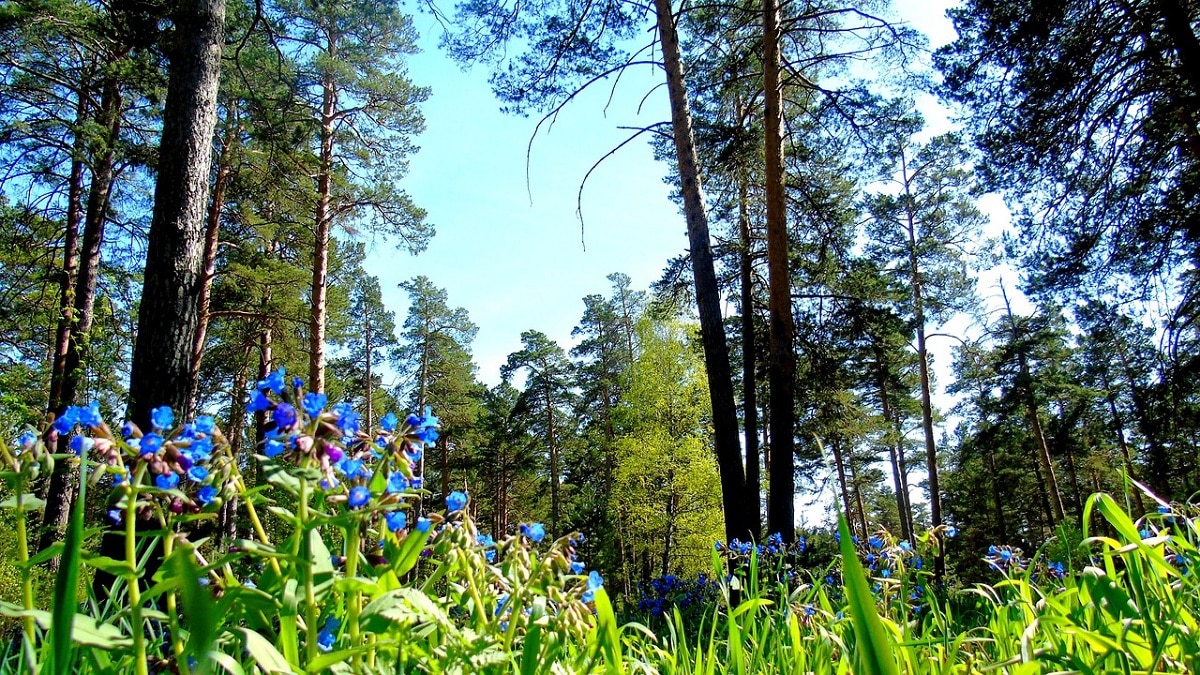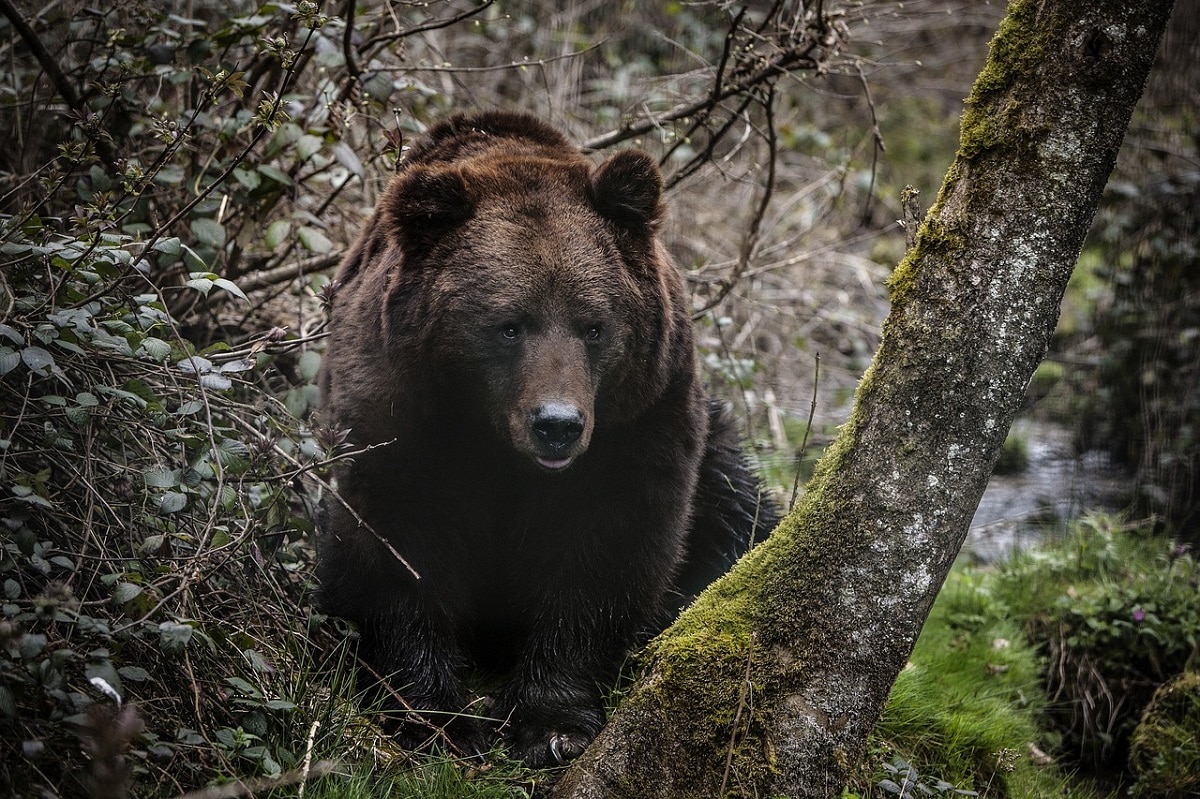
Taiga or boreal forest is the word used to identify a certain ecosystem, that of the large coniferous forest masses that extend through the northernmost regions of the planet, on the border of the confines of the Arctic.
The word taiga is Russian, although it comes from the yakuta language, spoken by various Siberian Turkic tribes. Its meaning is "uninhabited territory" or "forest territory." Although the concepts may seem semantically different, from the point of view of a nomadic herding society they are practically the same.
The geographical domains of the taiga span three continents: North America, Specially in Canada, north Europe y Siberia, in Russia. This is where these landscapes of immense and wild forests acquire greater majesty. Generally, when one talks about the taiga, without a doubt one talks about the Siberian taiga, the most genuine taiga.
This endless forest stretches for thousands of kilometers without pause (about 7.000 km from east to west), through mountains, plains and swamps. Some of the forest stands in the Siberian taiga are among the oldest on the planet.
West Siberian Taiga
La western siberian taiga It is a large forest that extends uninterruptedly between the Ural mountains and Yenisei River. It is a gigantic, practically virgin forest that covers an area of approximately 1.670.000 square kilometers.
This entire region is practically uninhabited, although in the southern limits of the forest there are large and important cities such as Yekaterinburg, where about 300.000 people live. To the north, after a transition strip of about 100 kilometers, the taiga gives way to the tundra.

Due to the latitude, the climate of the Siberian taiga is mainly cold. It is known as the boreal climate, characterized by short, very dry summers and long, harsh winters. Average summer temperatures do not usually go beyond 18-19º C, but in winter they drop to -30º C. The average rainfall is 450-500 mm per year.
Among the most important protected areas in the region, we must mention the Denezhkin Kamen, Ilmen, Sosva, Pripyshminskiye Bory and Yugansky nature reserves. These reserves are known in Russia by the term commander, which means "always wild area."
Typical vegetation of the Siberian taiga
The main tree species of the Siberian taiga are the conifers, tall and evergreen. In the northern regions they are very common larches, firs, spruces and black pines. To the south, on the other hand, conifers mix with other species of deciduous trees such as maples, birches, ash trees, willows y Oak trees.

Siberian taiga flora
The crowns of the trees, high and thick, do not allow the passage of sunlight, so they grow above all at ground level lichens and mossesIt is estimated that almost 40% of the soil in the taiga is flooded. In these more humid zones the peat bogs abound. To the southwest of the region is the Vasyugan Swamp, one of the largest swamps in the world, whose peat extends to a depth of more than 2 meters. In the marginal areas of the north, devoid of trees, the ground is frozen by the permafrost.
In the Siberian taiga, especially in the southern areas, there are also shrubs typical of mixed forests. Among the most prominent berry plants are the gooseberries, blueberries, arctic raspberries or buckthorn. In spring, when the snow is removed, they appear white flowering plants.
Taiga fauna
The great forests of the taiga are the habitat of many and varied species of animals. Among mammals we find abundant species of herbivores such as the reindeer, deer or elk. There are also many rodents, from the white hare, marten and mink up to various species of squirrels, rabbits and mice.

The brown bear, one of the great inhabitants of the taiga
The main canivores are the wolf, zorro, lynx and weasel. The grizzly, one of the most representative animals of the fauna of the Siberian taiga.
Among the birds we must highlight some raptors such as the halcon, Eagle and arctic owl. In the southernmost areas they also inhabit the black grouse and numerous species of forest birds such as the sparrow or woodpecker. Due to the cold climate of these regions, reptiles are less common, although some species of lizards and vipers.
Large numbers of animals survive the long, cold and snowy winter of the Siberian taiga by adopting a state of anabiosis (in the case of invertebrates) or hibernation (as do certain mammals such as the brown bear or the squirrel). The birds "flee" from the harsh climatic conditions by migrating south.
my place of dreams!